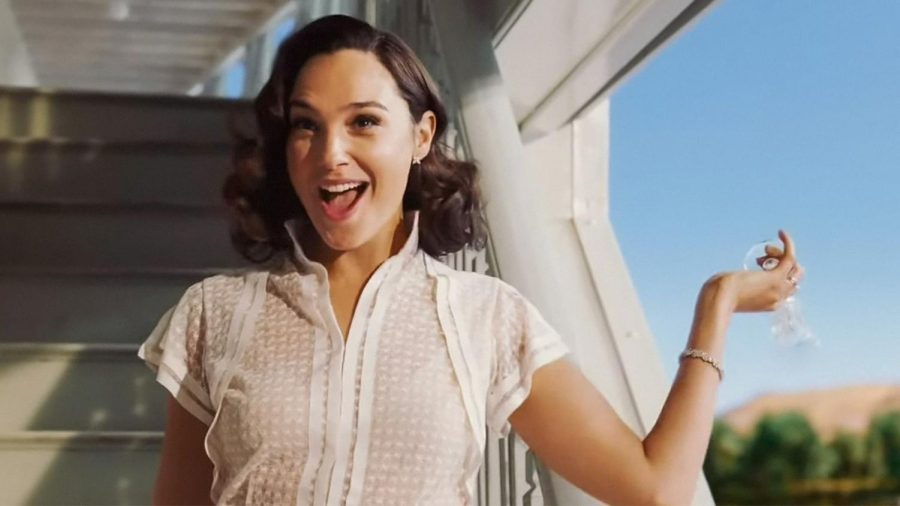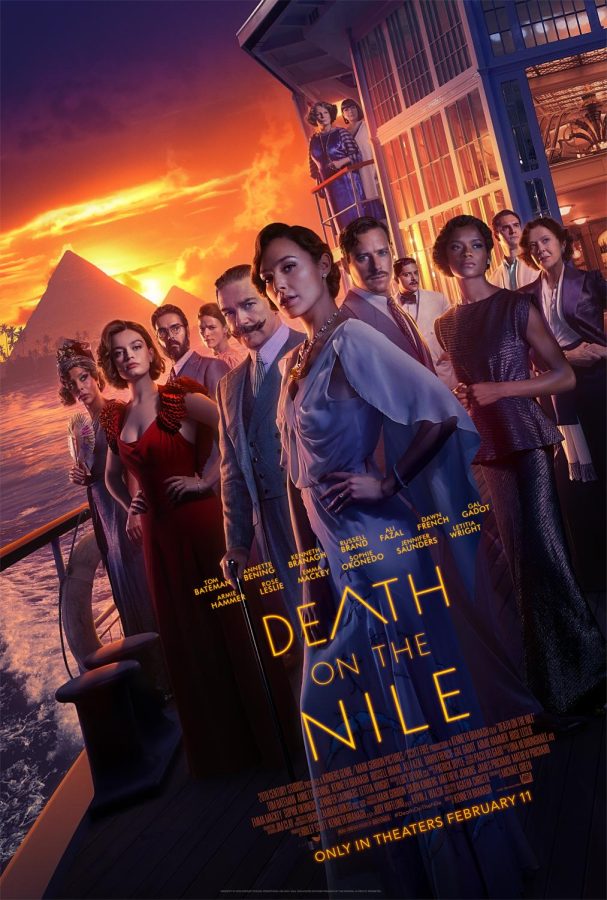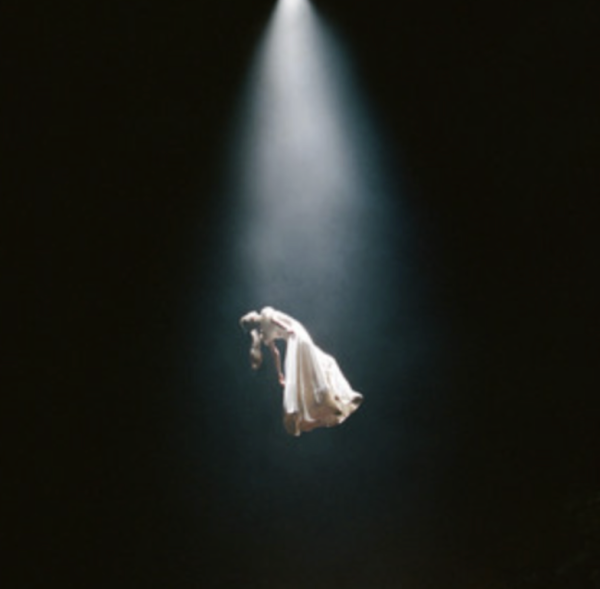“Death on the Nile”: Enough Romance to Fill the Nile
“Death on the Nile,” directed by Kenneth Branagh, currently holds a 64% rating on Rotten Tomatoes and a 6.6/10 rating on IMDb.
Okay fine, I’ll admit it. I watched “Death on the Nile” not because it’s based on an Agatha Christie novel, not because of “Murder on the Orient Express” (to which “Death on the Nile” is a sequel), but because of the trailer. By “the trailer” I mean Gal Gadot, who plays charismatic and wealthy heiress Linnet Ridgeway-Doyle. And I was not impressed.
Released on February 11 and directed by Kenneth Branagh, the movie centers around Linnet and fiancé Simon Doyle (Armie Hammer)’s honeymoon gone-wrong cruise down the Nile. On board with them is Simon’s spurned ex-fiancé Jackie de Bellefort (Emma Mackey), who has been trailing them for the past few weeks.
Other passengers are protagonist famed detective Hercule Poirot (returning from the first movie as Kenneth Branagh), his friend Bouc (returning as Tom Bateman), and various other characters with complex conflicts and motivations. What could go wrong?
Well, everything. First, Linnet confides in Poirot that she trusts no one. Then, rocks nearly kill her and her husband. And then, the first murder happens. Which only takes, oh, about an hour or so of exposition.
I’ve been told that the original 1937 novel takes a while to build up to the murders, so perhaps the pacing hasn’t been modernized. Personally, (minor spoiler) I think they just wanted to milk Gadot’s screen time before her character dies (end minor spoiler).
But I’m getting ahead of myself. Let’s start with the positives.
Visually, the movie is stunning. Every scene has some aesthetic quality, whether it was of people or nature or the cruise ship. The costume choices are good, the dresses especially. The acting is natural and believable.
Gadot is the picture-perfect wealthy heiress whose presence commands every room she enters. When she’s there, all eyes are on her and she knows it. She’s charming, manipulative, self-assured, and paranoid all at once.
Mackey’s portrayal of the insane Jackie is stellar. It’s evident in her twitching, exaggerated smiles that flash whenever bad news is broken. Her presence is commanding in a different way; it invites fear and tension.
All that said, I have nothing but criticism for the rest of the movie. The overly love-centered plot and off-putting insertions of diversity were major issues.
“Death on the Nile” is supposed to be a mystery thriller film. Yet it can’t go two scenes without a character saying “people go crazy for love” or boasting about their sex life. Arguably, the story shines a stronger spotlight on the various romances than the mystery itself.
Also, several events and characters feel like anachronisms. There’s also a lot more diversity and acceptance, with almost no mention to the stereotypical beliefs of the time.
While I’m all for representation, it honestly felt like the writers were just trying to check off all the boxes. In the original novel, all the main characters are white. In the film, there is an Indian character, two black characters, two interracial relationships, and (minor spoiler) even a gay couple (end minor spoiler)!
Yet all the other characters are kind and accepting of these individuals. To me, it seems disrespectful to completely ignore the historical context of the story; it’s set in the 1930s, not the 2020s. (Disclaimer: Obviously, the issue of “forced diversity” in movies is complex and controversial, so this is just my personal opinion.)
As for the mystery aspect of the film, I personally dislike the setup. Each time an important scene happens, the film will abruptly cut to Poirot sitting in the corner, presumably to show us he’s observing everything.
However, most of the clues are hidden to the audience until Poirot reveals his secret observations in a sudden information dump. Detective story writers should at least give their audiences a chance at figuring out the murderer.
Just to complete my review, I did read the book after I finished the movie. It explains a lot more of the details and plot twists, allowing us to see Poirot’s cleverness. In the movie, there’s no real way for the audience to piece the clues together.
The book and movie complement each other with their strengths and weaknesses. The former is engaging and suspenseful, though it contains blatant discrimination and lacks diversity. In contrast, its sluggish and love-centered screen counterpart is more inclusive. If you want to watch the movie, I recommend reading the novel as well for the fullest experience.

Rating: 2.7/5








